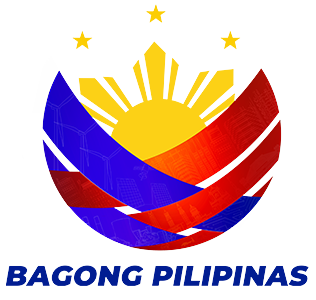Aeronautical Engineering
Meaning of Practice of Aeronautical Engineering
The practice of aeronautical engineering shall constitute in holding out oneself as skilled in the knowledge, science, and practice of aeronautical engineering, and as qualified to render professional services as an aeronautical engineer; or offering or rendering, or both, on a fee basis or otherwise, services such as planning, designing, analyzing, constructing, assembling, installing, altering or maintaining of aircraft structures, power plants or accessories through scientific or accepted engineering practice, or the teaching of the same in any university, college, institute, or school of learning duly recognized by the Government of the Philippines.
An aeronautical engineer shall be considered such in the practice of his profession, if the nature and character of his employment whether as an officer or employee in a private enterprise or educational institution involves decision- making requiring professional knowledge in the science of aeronautical engineering, and such employment or position requires that the holder thereof must be an aeronautical engineer; or if he holds or is appointed to a position in the aeronautical engineering occupational group in the government or in government-owned or controlled corporations, including those performing proprietor functions, where a civil service eligibility as an aeronautical engineer is a prerequisite.
The need for a law that would regulate the practice of aeronautical engineering as a profession was strongly felt in the late 1960’s when aeronautical engineering and the jobs available for them had increased tremendously.
Through the efforts of the Society of Aerospace Engineers of the Philippines (SAEP), Presidential Decree No. 1570, otherwise known as the “Philippine Aeronautical Decree” was enacted on June 11, 1978.
Subsequently, the first Board of Aeronautical Engineering was constituted on April 6, 1982 with Brig. Gen. Recaredo R. Albano as Chairman and Engrs. Timoteo A. Cordova, Jr. and Teofilo P. Alberto as Members. It conducted its first licensure examination in July 1983. Successful examinees took their oath in November of the same year.
Presidential Decree No. 1570
Regulating the Practice of Aeronautical Engineering in the Philippines
Objectives. - This Decree provides for and shall govern:
- The standardization and regulation of aeronautical engineering;
- The examination for registration of aeronautical engineers; and
- The supervision, control, and regulation of the practice of aeronautical engineering in the Philippines.
Society of Aerospace Engineers of the Philippines
Barangay 183, Pasay City, 1309
Contact Number: (+63) 906 412 7263
(+63) 921 203 0264
(+63) 917 630 9785
Website: http://www.saep.com.ph
info@saep.com.ph
The Society of Aerospace Engineers of the Philippines (SAEP) was formed in 1950 by a group of Aeronautical Engineering graduates headed by Dr. Gregorio Y. Zara. The Society was established to professionalize, promote and advance the aeronautical engineering profession in the Philippines.
The SAEP played a key role in the formulation and passage of the Aeronautical Engineering Law which was enacted on July 11, 1978. The SAEP recommended to the Professional Regulation Commission the first set of members of the Board of Aeronautical Engineering. On March 1984, the SAEP was renamed the Society of Aerospace Engineers of the Philippines and was registered with the Securities and Exchange Commission (SEC) with the new Articles of Incorporation and By Laws. It was accredited by the PRC as the national professional organization of aeronautical engineers on April 30, 1984.
Qualification of Board Members
No person shall be appointed member of the Board of Aeronautical Engineering unless at the time of his appointment, he possesses the following qualifications:
- A citizen and resident of the Philippines;
- At least thirty-one years of age, and must be of good moral character;
- A holder of the degree of Bachelor of Science in Aeronautical Engineering;
- A registered aeronautical engineer under this Decree, with the exception of the first group of appointees;
- Had been in active practice of aeronautical engineering or teaching of subjects thereof for at least ten years;
- Not a member of the faculty of any university, college, institute, or school where a regular course in aeronautical engineering is taught or review classes conducted;
- Not financially interested, directly or indirectly, in any university, college, institute, or school where a regular course in aeronautical engineering is taught or review classes conducted and
- Not an elective officer of any professional association or organization of aeronautical engineering.


